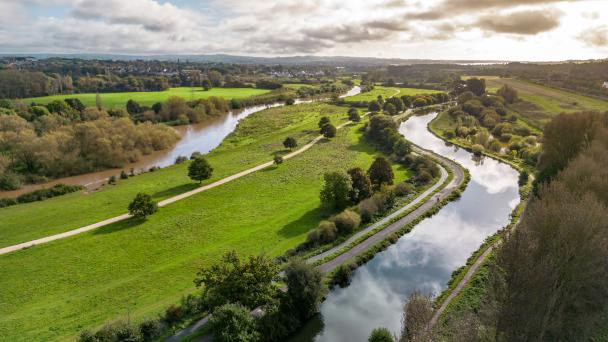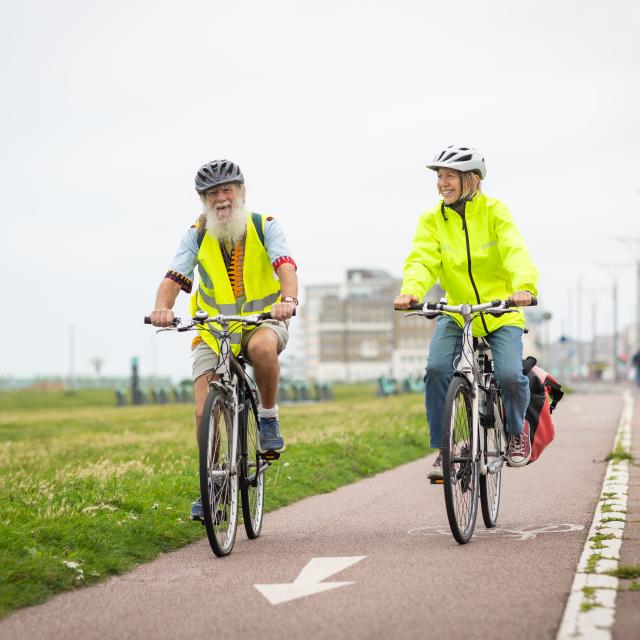What role could a new standard play in water stewardship?


The Walking and Cycling Index, formerly known as ‘Bike Life’, is the biggest ever survey of walking, wheeling and cycling around the UK and Ireland. It looks at what people think about active travel in 23 cities and urban areas, seeking to understand travel behaviour and identify opportunities to increase the number of people walking, wheeling and cycling for everyday journeys. The study also looked at residents’ views on how the local area could be improved.
On behalf of Sustrans, the National Centre for Social Research (NatCen) conducted representative surveys of residents’ behaviours and attitudes as well as data on walking, wheeling and cycling provision across 23 cities and urban areas. The surveys were representative of all residents, not just those who walk, wheel or cycle.
The surveys were conducted from March to June 2023 and were representative of all city residents, not just those who walk, wheel or cycle. The survey aimed to gather a representative sample of at least 1,100 respondents aged 16 and above in each of the 18 urban areas and regions. The survey was ‘push to online’ where letters including access codes and login credentials for the online survey were posted to specific addresses of the sample chosen by the stratification described above. There was also a paper format of the questionnaire that could be returned by prepaid postage. The data collection took place from 31st March to 2nd July.
Receive a regular update, sent directly to your inbox, with a summary of our current events, research, blogs and comment.
Subscribe